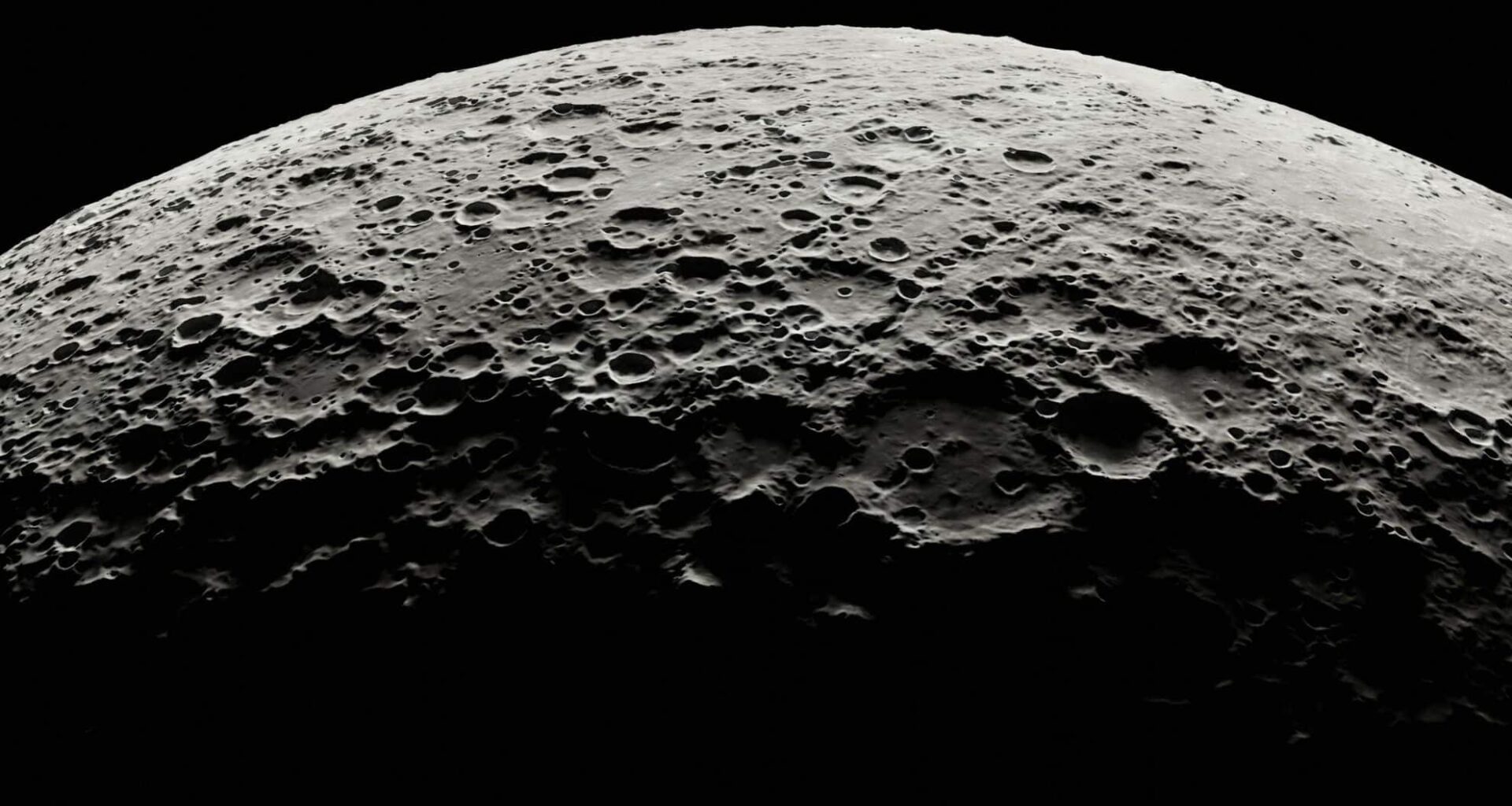NASA scientists have discovered over a dozen hidden entrances to underground caves on the Moon, a breakthrough that could transform future lunar exploration. Using nearly 15 years of data from the Lunar Reconnaissance Orbiter (LRO), researchers have confirmed the presence of mysterious pit craters, natural formations that may provide safe passage to subsurface environments shielded from the Moon’s harsh conditions.
Lunar Pits and Their Unique Characteristics
Unlike ordinary surface depressions, pit craters form when the lunar surface collapses into an underground void, often created by ancient lava tubes. These steep-walled, circular features are far more than geological curiosities. LRO imagery has revealed shadows within some of these pits that change in ways suggesting overhangs or hidden openings beneath the surface.
Researchers used refined image processing and shape-from-shading techniques to analyze more than a hundred pit craters. Sixteen of these appear to be strong candidates for entrances into extensive underground voids. As Robert Wagner of Arizona State University noted, “Pits would be useful in a support role for human activity on the lunar surface,” emphasizing their potential role in the next phase of human exploration.
A new AI system has analyzed lunar surface images and uncovered possible subsurface entrances on the Moon. These openings may lead to lava tubes or caves, offering stable environments for future lunar habitats. The technology enhances our ability to detect hidden features and… pic.twitter.com/XXqV46Z8A5
— Cosmoknowledge (@cosmoknowledge) July 31, 2025
Key Locations for Future Exploration
The most promising sites include Mare Tranquillitatis, the iconic landing region of Apollo 11, and Mare Ingenii, both of which are ancient volcanic plains. These areas are particularly suitable for preserving long lava tubes that may still be intact today. LRO imagery of the Marius Hills pit crater and the Mare Tranquillitatis pit has already shown floors cloaked in deep shadow, even under high sunlight angles, strengthening the case for further investigation.
These features could serve as natural shelters, protecting astronauts and sensitive equipment from radiation, extreme temperature swings, and frequent micrometeorite impacts. Within these caves, scientists also expect to find pristine material untouched for billions of years.
A Step Toward Sustainable Lunar Outposts
Beyond their scientific value, these lunar caves could be vital for building permanent infrastructure on the Moon. Inside these underground environments, temperatures remain more stable, and natural rock formations could be adapted for radiation-shielded habitats. According to the study, pits with consistent internal shadowing and favorable terrain should be prioritized as landing and robotic scouting sites in upcoming missions.
Future missions may rely on orbiters and robotic landers to confirm the true extent of these hidden networks. If confirmed, these natural formations could form the foundation for long-term lunar bases, reducing the need for heavy artificial shielding or complex surface habitats.
NASA’s findings mark a pivotal step toward transforming the Moon’s geology into a critical resource for exploration, moving closer to a future where astronauts live and work beneath the lunar surface
